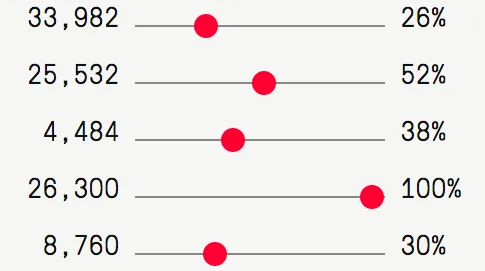The debate on cutting incarceration overlooks the stunning reality that the US has compelling - but little used science - on what is effective violence prevention. If the US applied this science cutting violence by 50% is eminently achievable, and in so doing cutting incarceration is equally achievable.
Such scientific solutions are easily accessible. They are covered on public web sites such as that of the Centers for Disease Control and Prevention and the World Health Organization---both of which consider endemic violence as much of a public health challenge as a criminal justice one.
But, one of the most useful sites is produced ironically by the U.S. Department of Justice (DOJ), aptly named crimesolutions.gov. This was built on research results accumulated in the last 50 years in the U.S. and other countries, ranging from pre-crime prevention actions such as preschool programs to criminal justice programs focusing on re-entry.
Many of the research studies cited involved random control trials that tested whether a particular innovative program reduced crime more than the traditional system such as reactive policing and court sentencing to incarceration. A program is rated ¨effective¨ only if there are enough reliable scientific studies to demonstrate it.
The DOJ site currently confirms the effectiveness in preventing crime of 78 out of 327 programs and eight of a new category of 27 practices. Most of the “effective” programs concern some type of pre-crime prevention rather than an action of the police, the courts or a corrections system. More than half of the 78 successful programs tackle problems in families, or schools, or concern themselves with improving life skills through mentoring, substance abuse or trauma treatment programs.
For example, using tax revenue to invest in smart crime control and violence prevention would cut those rates of violence, particularly affecting young black men, by as much as 50%, while reducing the need for so many police, and for the current high levels of incarceration.
One reason for the lack of implementation of this 21st century knowledge is that it had not been articulated for legislators. So I have produced a guide to politicians on this knowledge and how it could be applied. This book includes the compelling public safety and fiscal arguments to be made for shifting from a failing and expensive punishment agenda to a proven and cost-effective prevention agenda. Such an approach would provide huge savings to taxpayers. But it also means better futures for young men at risk, including those of color.
This blog used the book Smarter Crime Control: A Guide to Safer Futures for Citizens, Communities and Politicians and coincides with a longer viewpoint published by The Crime Report in 2014.
